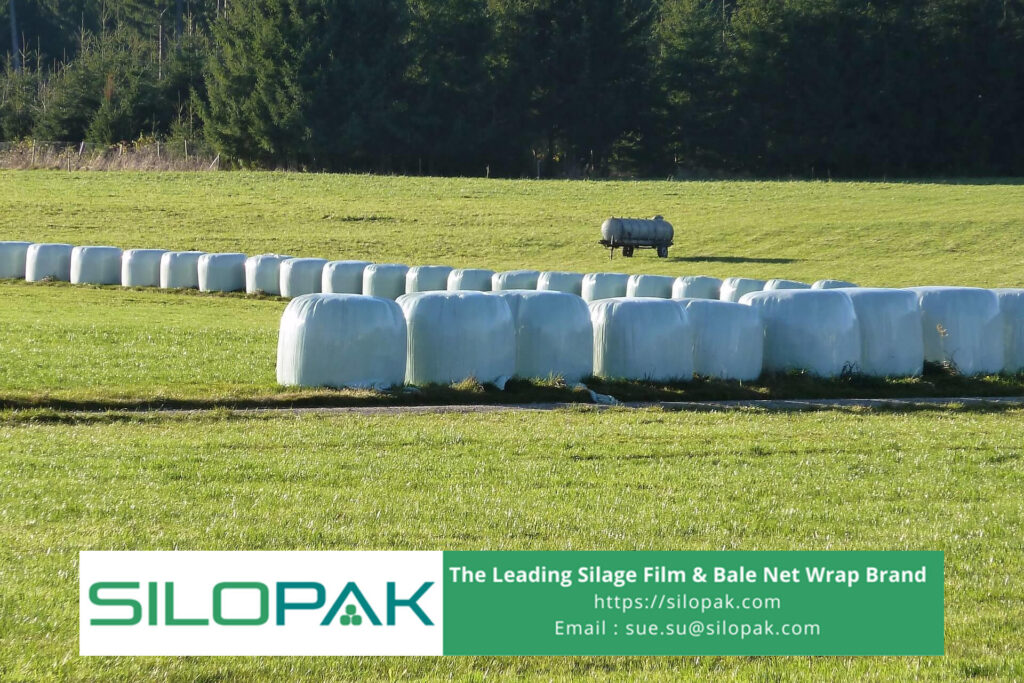
Silage is forage for livestock which is made using the fermentation method. In the fermentation process, there is a decrease in pH so that anaerobic bacteria can work optimally to preserve the feed. Then how do you determine pH in silage so that the bacteria can work optimally? Check out this explanation.
contents
What is a Good pH for Good Silage?
Before discussing determining ph in silage, it’s better if you first know a good pH for good silage results. On average, the pH of silage is generally in the range of 3.4 to 4.09. While a good silage pH is in the range of 3.5-4.2. If the silage is at that number, it can be said that the forage is in a good category.
The formation of low pH in silage occurs in the fermentation process. This process takes place with the help of lactic acid-forming bacteria. Some examples of lactic acid-forming bacteria are Streptococcus lactis, Leuconostoc mesenteroides, Streptococcus thermophillous, and Lactobacillus lactis. Lactic acid will continue to be produced during the fermentation process until a pH below 5 is reached. Because a good pH for silage ranges from 3.5 to 4.2.
Fermented green grass can be stored for a long time. So, that breeders do not have to bother looking for grass for their livestock feedstock. This fermented feed can last for years. On condition, the fermentation process is running properly and the feed is stored in the correct place. Storage of feed must be avoided from land that may be waterlogged.
This is How to Determine pH in Silage
Do you think that the fermentation process always reaches the desired pH number? If so, then your thinking is a little wrong. Let’s straighten it out together. The forage feeds fermentation process can fail due to several factors. For example, when the material is not tightly packed. So, that air enters the container and causes the fermentation process to fail.
Fermentation is a method of preserving food with or without air. So, if the forage feed the container is not tight when fermentation is going to be carried out, then it can be said that the process has failed. Because fermentation lowers the pH, if the process fails, then the pH of the silage may not reach the desired number. This is one of the problems that must be solved, how to determine the pH in silage for the success of the fermentation process.
Tightly Close the Silo Container Used
Silage makers usually use containers called silos for the storage and production of forage. Why use a closed container? This is because the fermentation process requires an airtight environment, so a closed container must be used. Lactic acid-forming bacteria can work if the container is airtight.
After using a closed container and fermentation is taking place, avoid opening the lid of the container frequently. It will also cause the pH in the silage to change because it gets air. Apart from pH, several other indicators can change in this fermentation if it fails in the process. Odor and color indicators can change if the fermentation process fails.
Pay Attention to Additives in the Fermentation Process

The fermentation process requires the help of lactic acid-forming bacteria. To get it all, of course, additional substances are needed in the container. Whether it’s in the form of molasses or other forms. You also need to pay attention to that substance. Make sure the dose given is following the calculation. Do not give in excess because it will affect the amount of lactic acid produced.
Instead, try to add the amount of substance not less than the calculation. It’s useless, isn’t it, if you have added other substances but the fermentation process doesn’t work optimally? This is an equally important step in determining pH in silage. For that, apart from paying attention to the container, you also need to pay attention to the additives in the fermentation process.
The process of preserving forage feed requires quite a long time. Try not to open the lid of the container often just because you are curious, whether the feed can be given to livestock or not. By frequently opening the lid of the container, that means you are giving putrefactive bacteria to live in it. So, what happens to your silage is decay.
Those are some things about determine pH in silage. Always pay attention to the two important points in making livestock silage. Both of these points are very influential on the pH of the silage.
Especially in the final result of silage. Is the resulting silage black and smells rotten? Or is it the result that is satisfying? If the silage produced is yellowish-green, then it can be said that your silage is of good quality. Good quality silage also has a sour aroma but is not rotten.
